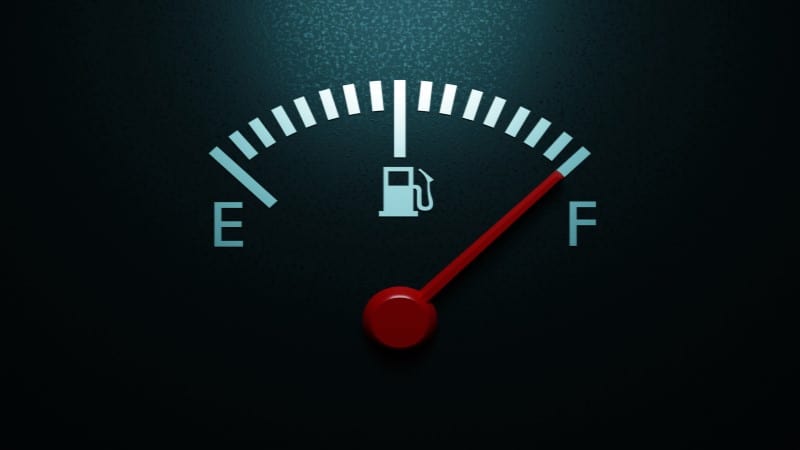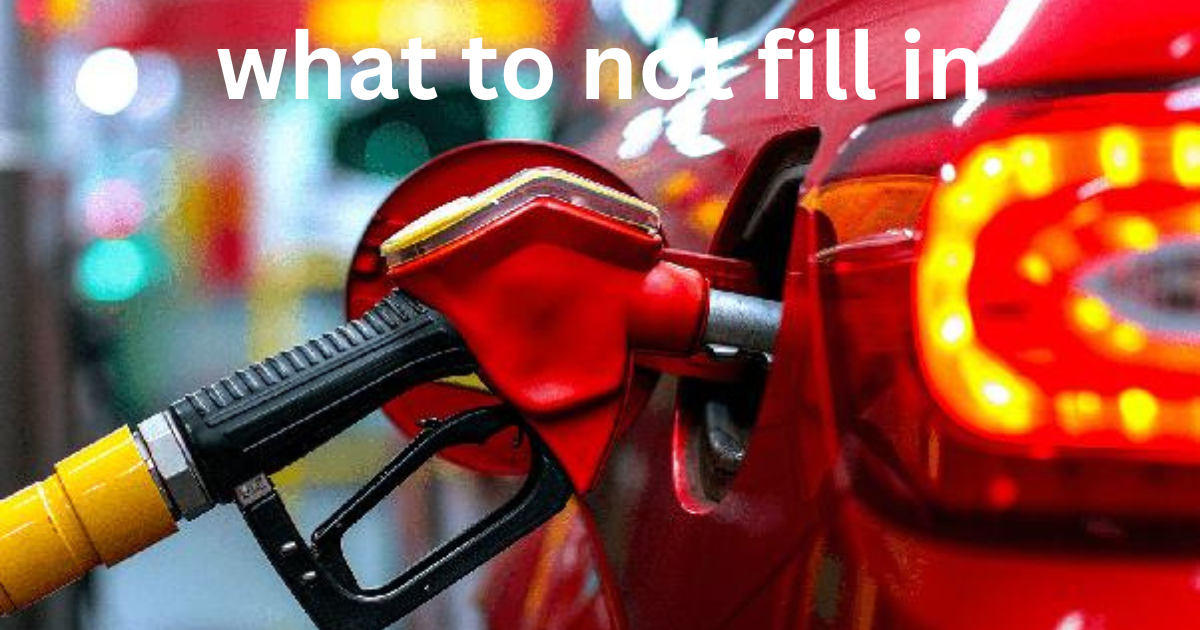A common issue that many individuals face with their vehicles is going to be discussed in this article. Surprisingly, the low fuel sign comes on when the vehicle is traveling. Typically, the driver will stop at the closest gas station to fill up their tank. The car just requires half of the tank to be refueled, which caught him off guard. At some point during their time behind the wheel, many motorists wonder why their gasoline warning light stays on even when the tank is full.

What Causes My Gas Light On When My Tank Is Full?
We need to know the car’s fuel measurement system in order to identify the source of the problem. How it detects changes in the gasoline tank is another important information to have. Some people refer to this device as a fuel level sensor. To find out how much gas is left in the tank, you have to measure the voltage across the variable resistor. Here are the parts:
- Commonly constructed of foam, the float switch serves as a tangible representation of the fuel level in the tank by floating above it.
- A variable resistor may detect changes in the float’s height using a metal needle that is attached to it.
- Like a little windshield wiper, it glides across a substance that is resistant to movement.
How to Fix It
It is important to exercise caution when handling fuel components before attempting to diagnose and repair the problem:
You should start by improving or switching up the gasoline you utilize. This is due to the fact that it becomes more difficult to obtain a correct reading when contaminants and water are present, as they have the potential to rust and corrode the variable resistance.
Keep the gas tank filled up at all times; otherwise, the dirt and grime from the tank’s base will clog the variable resistor and make it difficult to receive an accurate reading.
Take readings of the resistance between the variable resistance’s two ends using an ohmmeter. After that, check it against the full and half tank values found in the handbook for your vehicle.
Problems with the variable resistance will be indicated by the presence of an alternate value. If you don’t get the values indicated, try rubbing it with abrasive and rust cleaning again. After that, you may put the sensor back. Changing the gasoline level sensor is an immediate necessity if the incorrect readings persist.
The presence of even a little ventilation hole in the fuel tank cover is another potential cause of damage to the fuel level sensor. This hole is designed to release any excess pressure. The metal needle connecting the float to the variable resistance gets bent as the fiberglass tank contracts due to the blockage of this hole. Because of this, the system malfunctions and provides inaccurate results. Changing the fuel tank lid is the first thing to do if you see the tank getting smaller.
Conclusion
You should have a professional inspect your gasoline level sensor and fuel gauge if your car exhibits any of the aforementioned problems, such as the fuel gauge not reading properly or the fuel gauge lowering rapidly. When the gasoline gauge indicates empty even if the tank is full, many drivers are unaware that there is an issue. If you want your fuel sensor to last as long as possible, you should only use premium fuel. Also, don’t go behind the wheel if your gas gauge is lit up.





